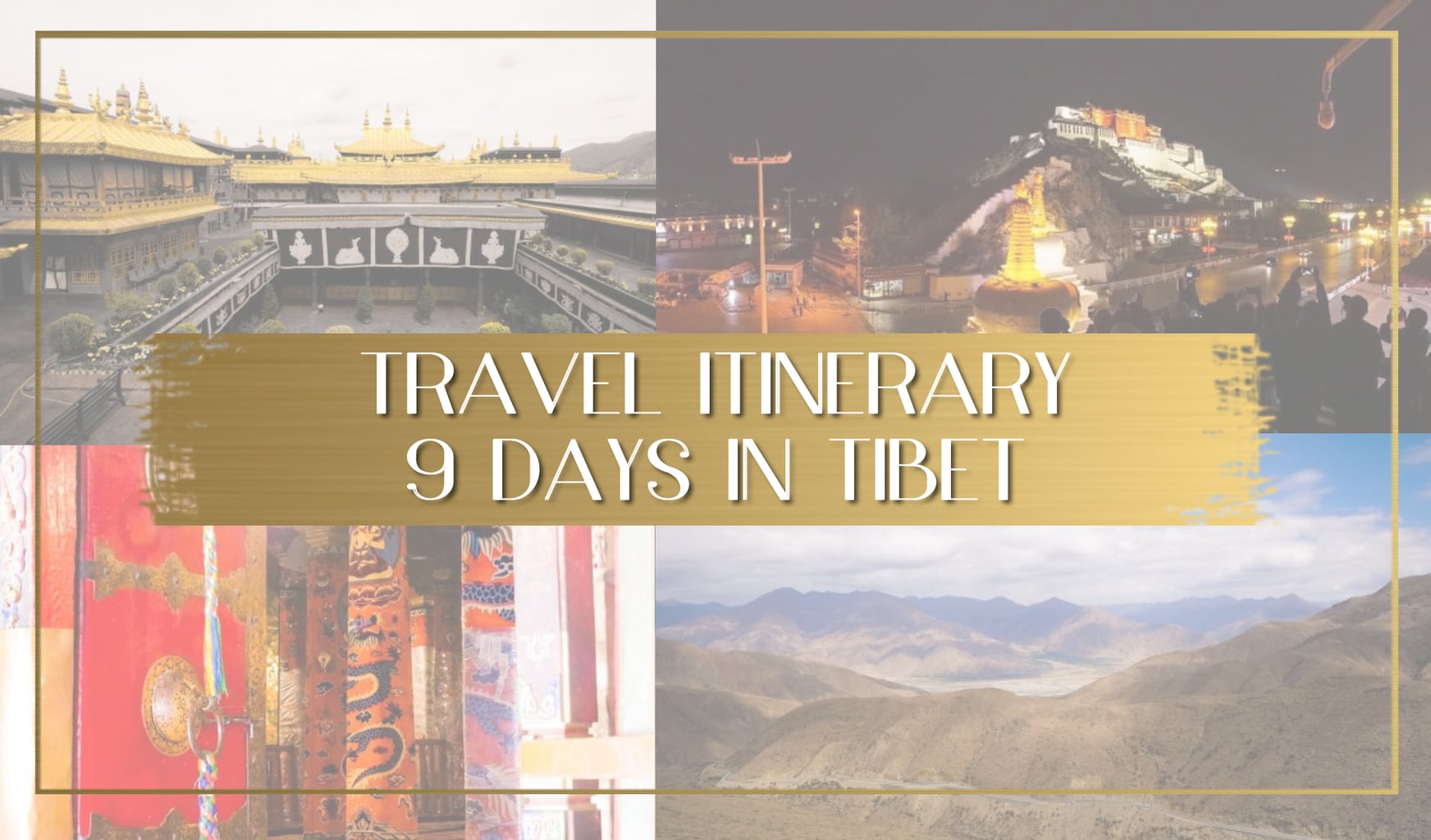
A trip to Tibet is usually in the makings for several months. Not least because of the time consuming logistics.
Most people will need a Chinese visa, which can easily and effectively be obtained at a Chinese Visa center or embassy, and then a Tibet Permit which the WildChina team organised for us. With those two, if you want to visit Everest Base Camp or Mount Kailash, you will need an Alien’s Travel Permit to access the parks. To organise all this you will need the final Tibet itinerary first because the permit will be linked to where you will go and what you will visit.
For the itinerary below, we needed to provide copies of the Tibet Permit at around 20 police offices or road controls throughout the country, all of which was obtained and managed by our guide seamlessly. So start with finalising an itinerary, then book flights and hotels in China for the Chinese visa application and finally, send a copy of the visa to your travel agent for processing of the Tibet Permits.
Bear in mind that you will need the original Tibet Permit to board a train or flight to Tibet, so you must book flights or train tickets with some time in China prior to embarking on the last leg to Tibet so that you can collect the permit. The easiest way is to spend a night in China so that your travel agent can send the permit to the hotel you are staying at and you can receive it before traveling.
Alternatively, if you are taking the train to Lhasa, your agent will arrange for someone to pick you up at the airport and drive you to the train station thus handing the permit to you. This was effectively done by WildChina for us, both sending the permit to the hotel in Chongqing for my sister who flew to Lhasa or organising a guide to meet us in Xining in my case.
This is my 9 day itinerary through Tibet, from Lhasa to Everest Base Camp. It includes most of the highlights of this Chinese Autonomous Region as well as a night at the top of the world. For more information about each of the places to see and things to do in Tibet, check out my thorough Guide to Tibet and my list of what to do before you travel to Tibet.
Watch my full 9 day trip below:
Day 0 – Friday: Fly to Chengdu
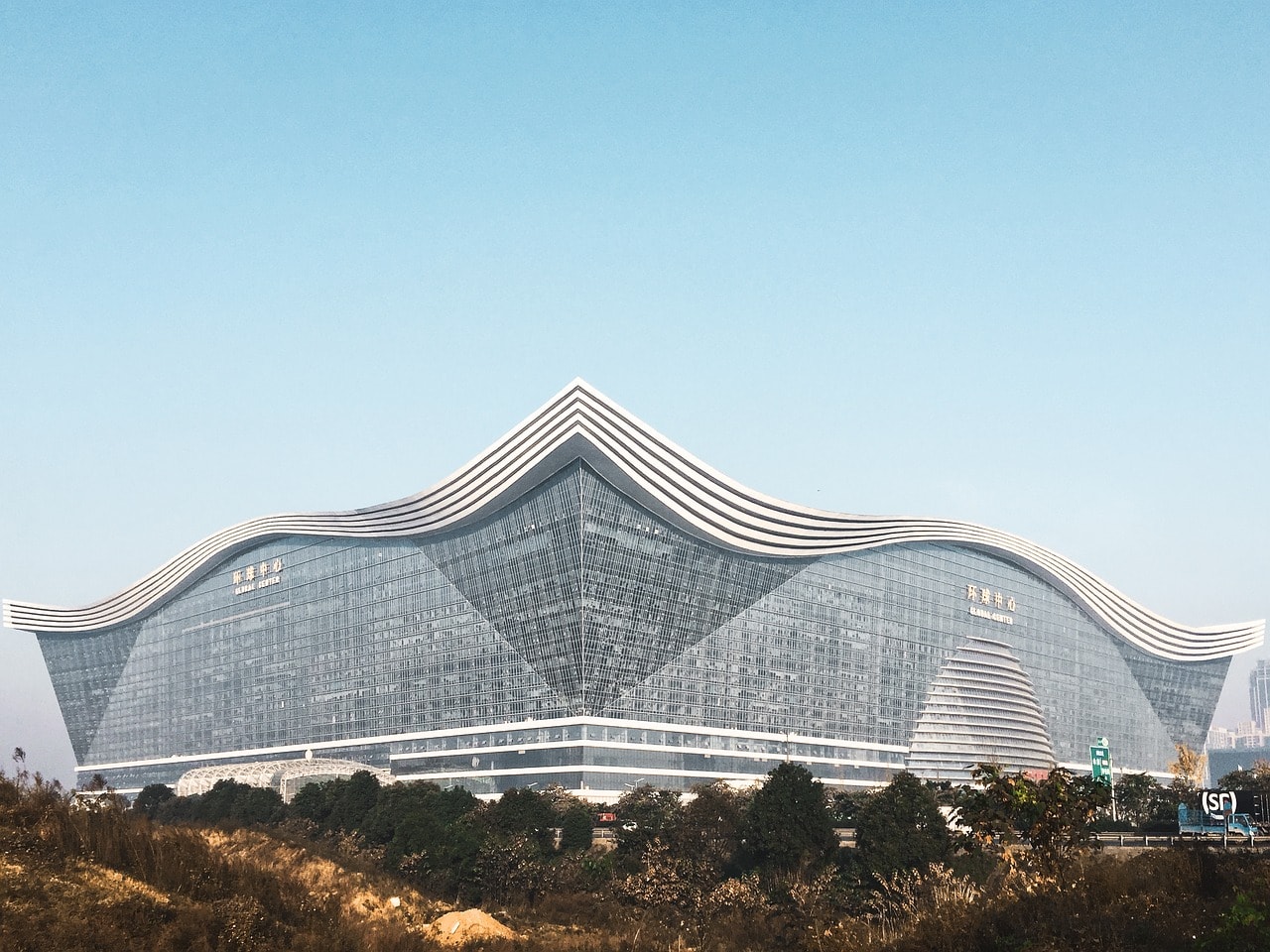
We flew on Friday evening to Chengdu and spent the night at a nearby airport hotel to catch the early morning flight to Xining. There is not much around Chengdu and the city is about 30min away so staying at an airport hotel is a good idea.
To save money, hassle and time, get the hotel to organise the pick up for you or, even better, stay at the Chengdu Express Airport Hotel which is the only one in walking distance from the terminal. If you are any farther away and need a cab, you will be ripped off as the taxi drivers queue long to take passengers and then don’t want to take you next door. We were charged SGD22 for the 5 min ride as we were too tired to negotiate and didn’t speak Mandarin.
Day 1 – Saturday: Train to Lhasa
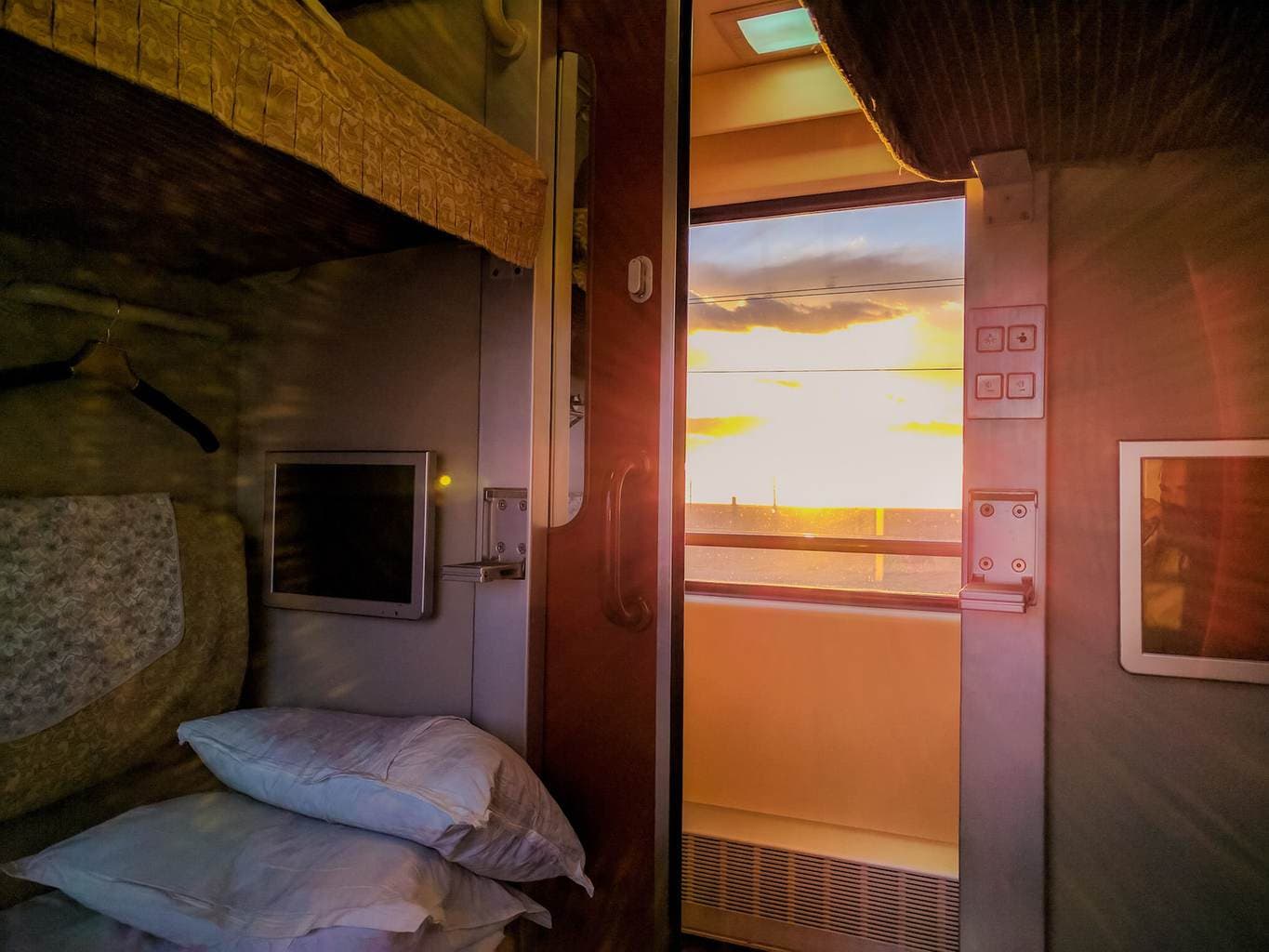
If you have more time than a week, the best way to reach Lhasa is after proper acclimatization in Xining and surroundings. After that, you may take the train to Lhasa for the landscapes, the ride and the experience. We thoroughly enjoyed this. If you do not want to take the train, you can also fly straight to Lhasa from Chengdu but your risk of altitude sickness will be higher. If you decide to take the train, opt for the Soft Sleeper cars.
Fly early morning from Chengdu to Xining and then be picked up by the guide to drop you at the train station. You could potentially take a taxi and go directly but you need to meet your guide to collect the Tibet Permit. Additionally, getting the guide to welcome you means you can travel in the comfort of the minivan and also stop for proper lunch on the way.
The guide will also help you through the passport control at the station and show you the right gate for boarding. We used the lunch break to order some additional food to take away with us on the train as the food served onboard leaves a lot to be desired.
Once at Xining Station we boarded the train at 2pm. There are also trains later in the day during the peak season but this was a good time to get on. The ones departing later in the day may be better as you cover the least interesting part of the journey during the night but you do spend a day in Xining which may not be very efficient.
Once in the train you can sit back, relax and enjoy the ride and the views. You will be pretty much left to yourself throughout. Soft Sleeper beds are comfortable, warm and have everything you need so you will be treated like a king or queen. If you need some food, you can buy it from the dining car or the carts the staff will push through the corridors throughout the journey. Bringing instant noodles, tea bags and a cup is useful as unlimited hot water is provided and you have your own kettle in the train car to keep it.
Day 2 – Sunday: Arrival in Lhasa
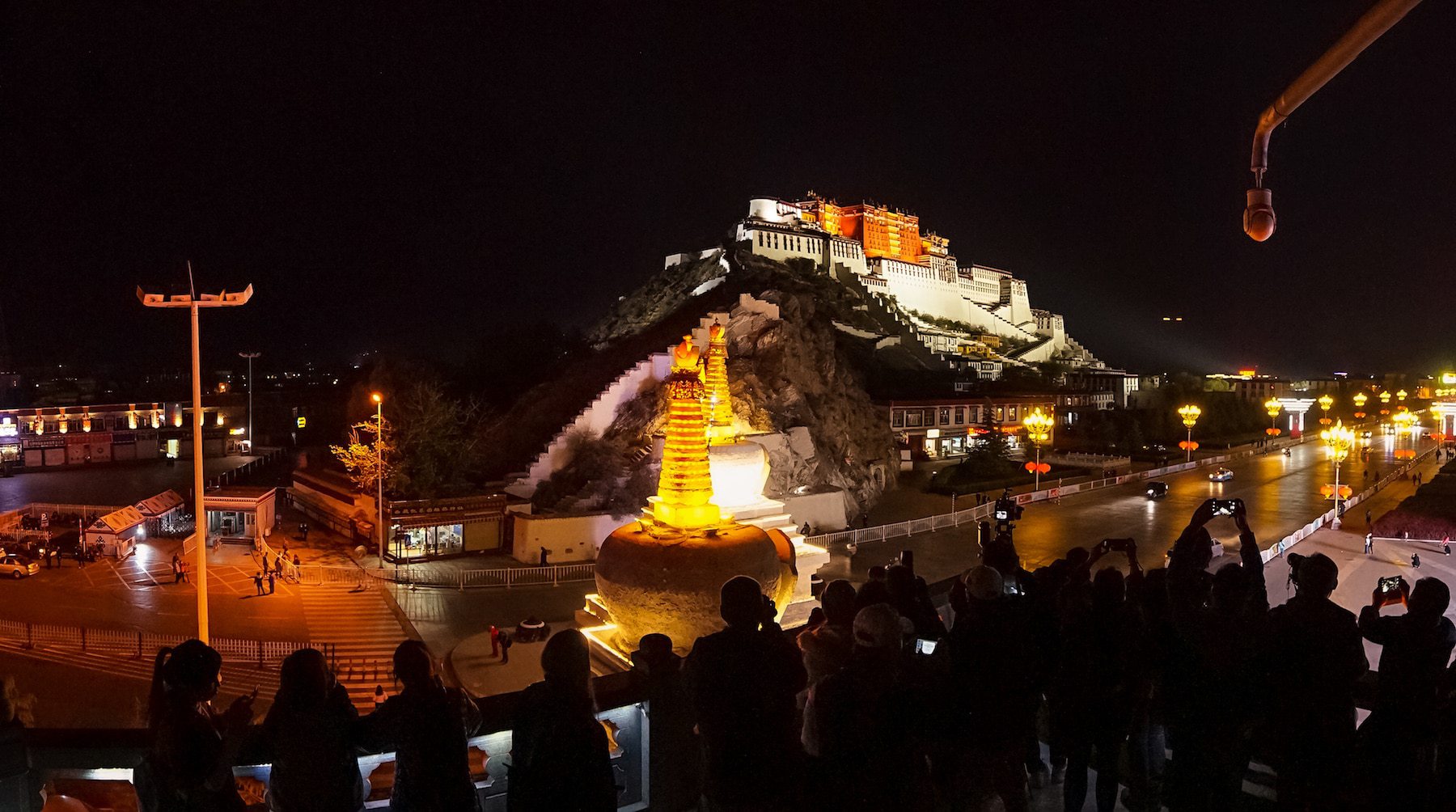
After around 22h you will arrive in Lhasa at round noon. The train station will have yet another permit check where your passport and documentation will be checked by an official at the formal police office at the station’s exit. Your guide and driver will then pick you up. If you need to stay connected throughout the journey ask to stop at the telecom store on the way to the airport. The process is cumbersome but you will be able to get 20GB of internet for SGD20.
Once you are set, you will most likely be dropped at the hotel. If you are feeling good you can get out and stroll around the city, see the Potala Palace lit at night, enjoy a massage at the hotel’s spa, have the first of many milk or butter teas and generally acclimatise. Most guides will almost force you to take it easy on the first day and it is probably a wise idea to just simply relax, read a book or go for a gentle stroll. You are at 3,600m above sea level and that is excuse enough to cuddle up in bed with a book.
Day 3 – Monday: Potala Palace and Sera Monastery
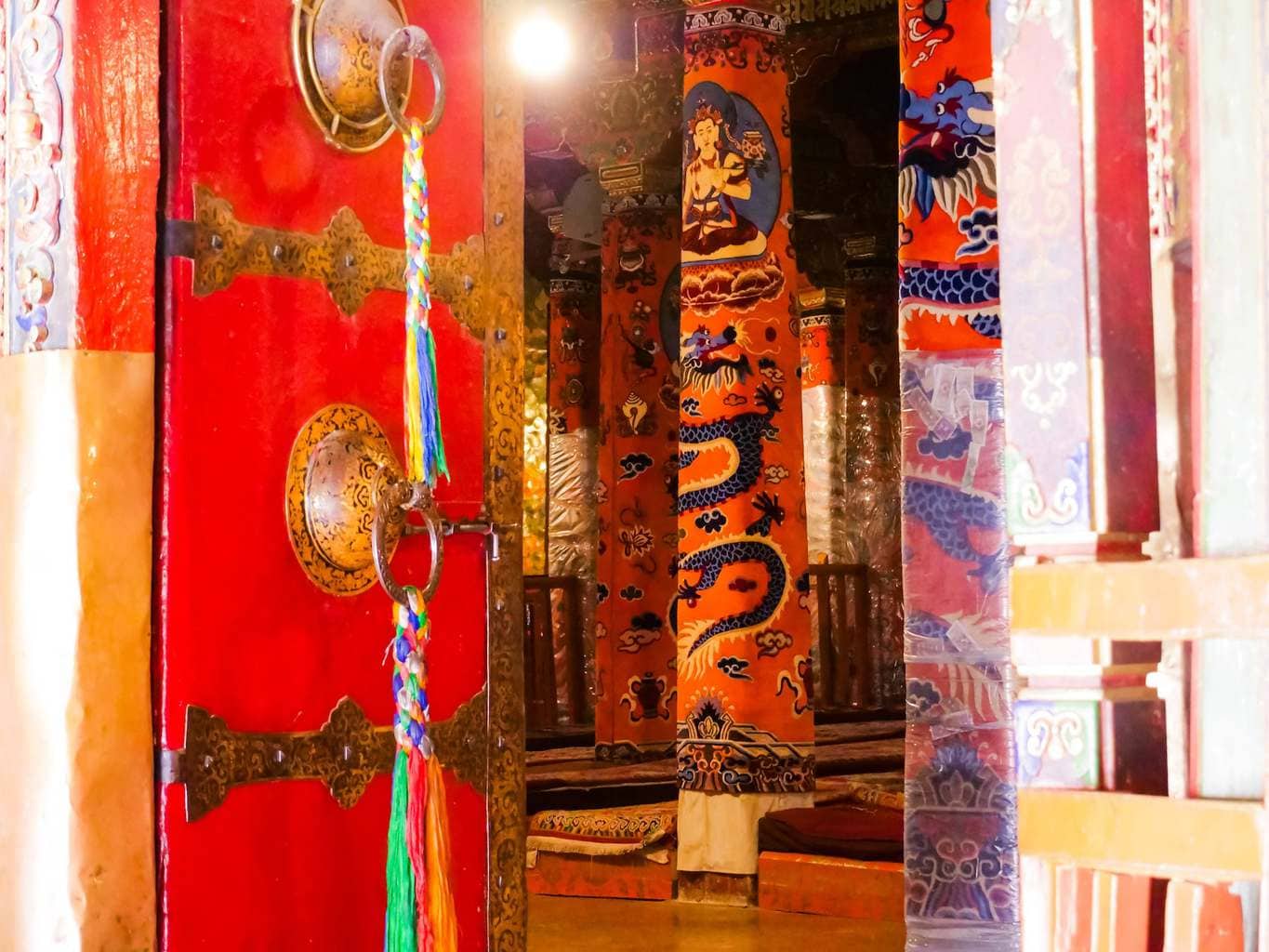
Your guide will have to get the tickets for the Potala Palace on the day you arrive so the timing will be confirmed then. The visit to the Potala Palace needs to be taken slow as the main buildings are 200 steps high so you will effectively be at 3,900m above sea level. Walking up will be tough.
Have lunch in town, we particularly enjoyed a local Tibetan hotel with an intimate and beautiful courtyard where we ate delicious Nepali and Tibetan food surrounded by locals coming to the pilgrimage and visit Tibet’s most important temple: Jokhang Temple.
In the afternoon, visit Sera Monastery, one of the most important Tibetan temples and also one of the largest with several halls, colleges and facilities. Look up the mountains around the monastery for paintings on the rocks. Sera has a lot of rooms and halls so you could spend hours there. See as much or as little as you wish. Toilets are some of the dirtiest you will find so try to avoid using them.
Back at the hotel for some rest before dinner which you may take down in town or at your hotel. It is likely that the altitude will make it a tough day, so eating at the hotel might be a good option. Maybe, you have time for a massage before dinner.
Day 4 – Tuesday: Ganden Monastery and Jokhang Temple
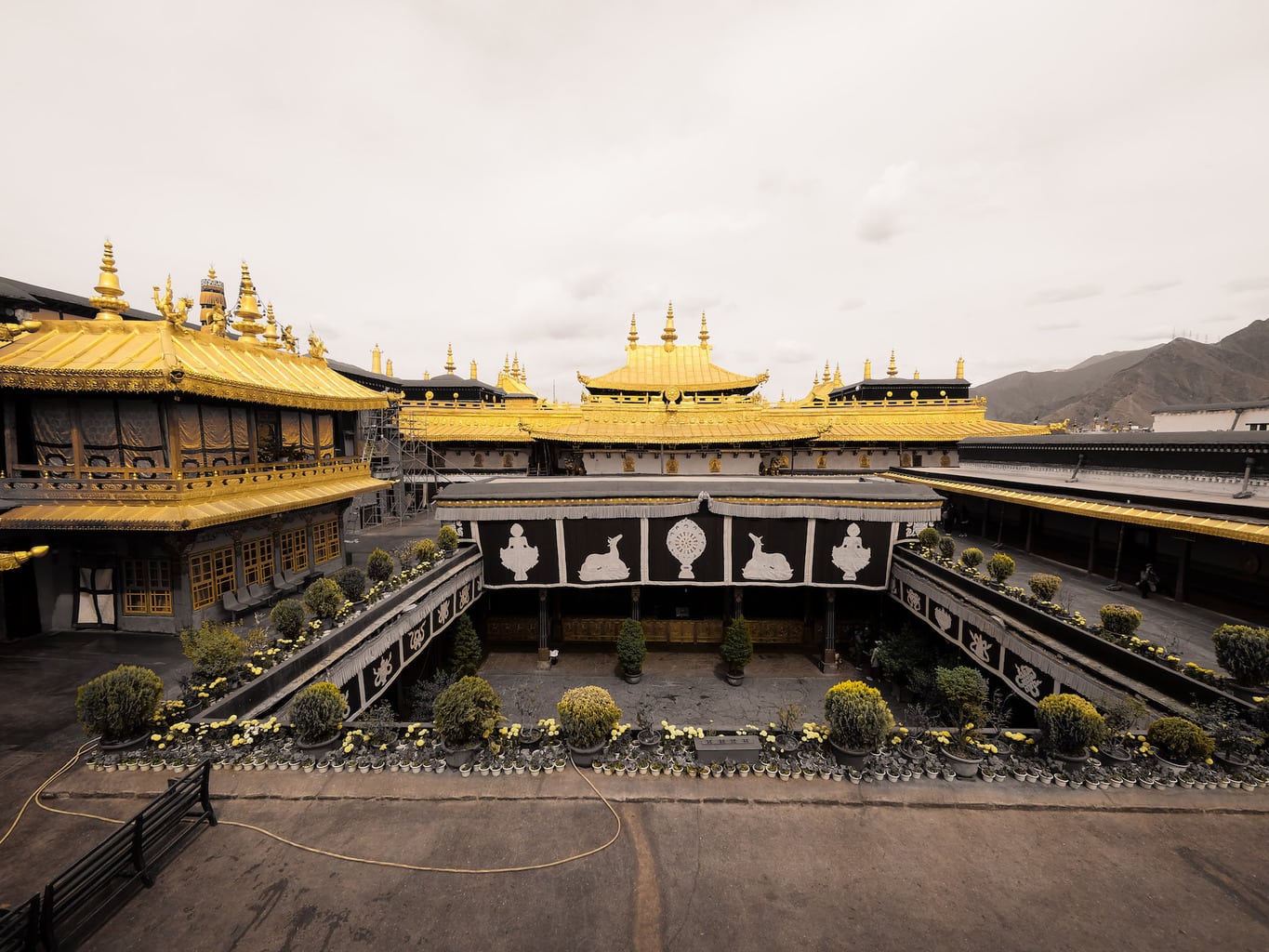
Today it is a day of monasteries and exploring the area outside of Lhasa. After a hearty breakfast, drive the 1,5-2h to Ganden Monastery, on top of a mountain ridge at 4,300m with lovely views at either side of the top.
You should not leave the monastery without at least making it up the hill behind the main buildings for the great view over the valley below. If you are energised, you may walk the kora around the monastery, but you should allow for 3h and so should get up early to have enough time to go back to Lhasa and visit Sera. Lunch can be taken at the monastery’s restaurant, with all the locals.
In the afternoon, visit the Jokhang Temple, in the middle of the old part of Lhasa, then go around Barkhor street following the locals on kora.
If wandering the streets and window shopping at many colourful shops around Barkhor Street is making you thirsty, stop for a drink, a piece of cake and some WiFi at Accordion Cafe where they bake their own cakes and prepare lovely drinks. Try the shot sized barley wine or the rose tea.
For dinner, it is best to stay in town and enjoy a local meal at either Snow Land Hotel or Lhasa Kitchen, both of which are within walking distance from the Jokhang Temple.
Day 5 – Wednesday: From Lhasa to Gyantse
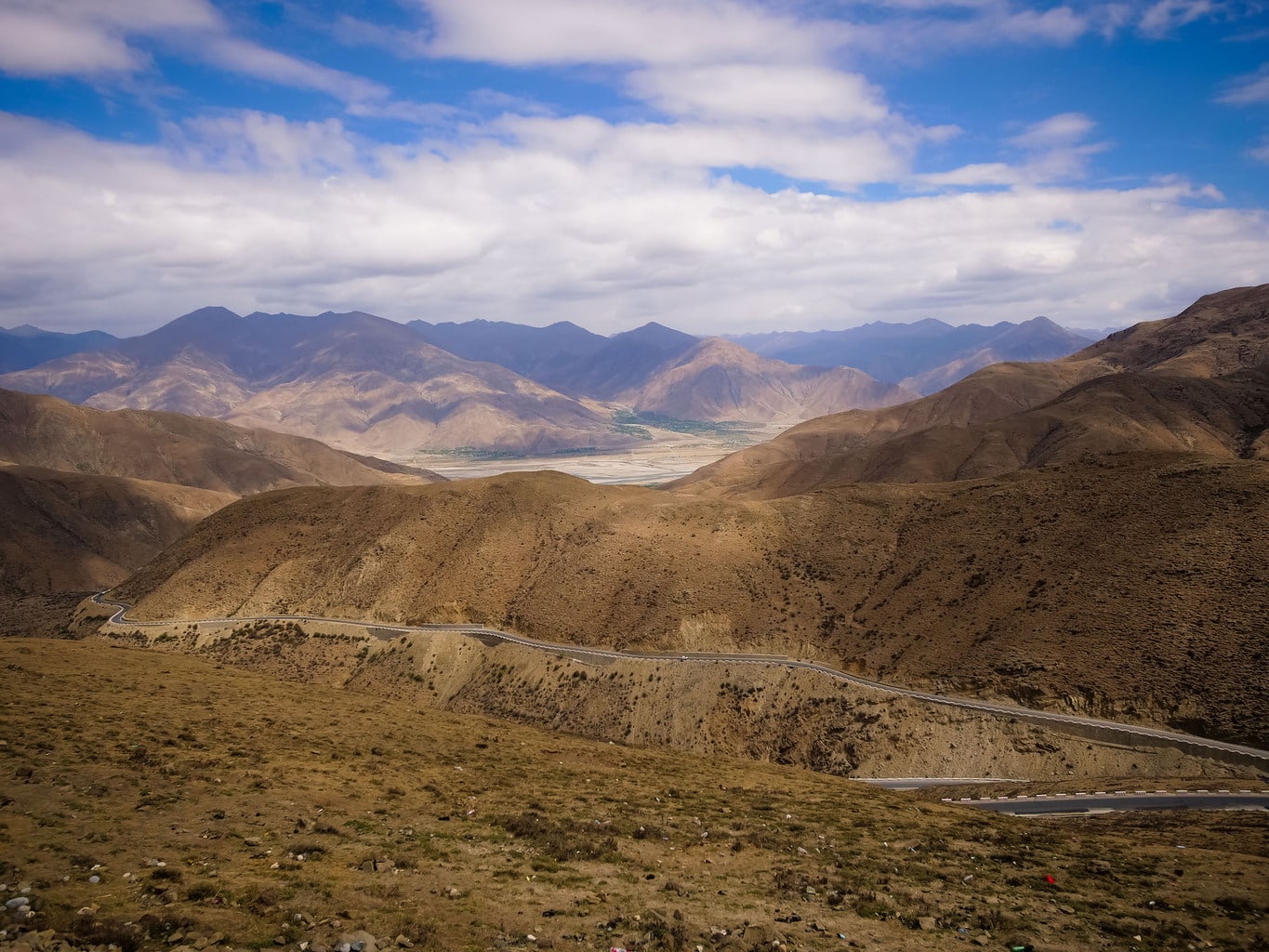
Leave Lhasa behind and head for the mountains. You will pass some really high mountain passes reaching 5,000m in the Nyochen Kansang Mountains and stop at the turquoise blue Yamdrok Lake. The drive will take a couple of hours after which you will stop at a viewpoint on top of the mountains. The road is winding and the landscapes barren.
Stop at Khambala pass at 4,700m for 360 degree views. It does get very cold and windy up there so wrap warm. Along the way and at the pass, you will see locals holding the Tibetan Mastif dog for photographs. These animals, endemic to Tibet, are massive and can reach several hundred kilos.
They are docile and have been trained. Yak and yak owners are also there so be sure to tip if you take photos of them. Down at the lake, the water is clear and cold, bordering freezing temperatures like in Faroe Islands.
Your drive will continue through the Karola Glacier but it is possible that you suffer from altitude sickness and malaise at that point as you will be very high.
Depending on what time you arrive in Gyantse you can go visit the area, especially the castle, up the hill, which is dramatically lit at night. In Spring and Autumn Gyantse can get really cold and the hotels don’t always have heating so stay warm. Dinner can be had locally at one of the restaurants. Tashi Restaurant is a good option.
Day 6 – Thursday – Zongshan Kangying Relic Site, Pelkor Monastery and Xigatse
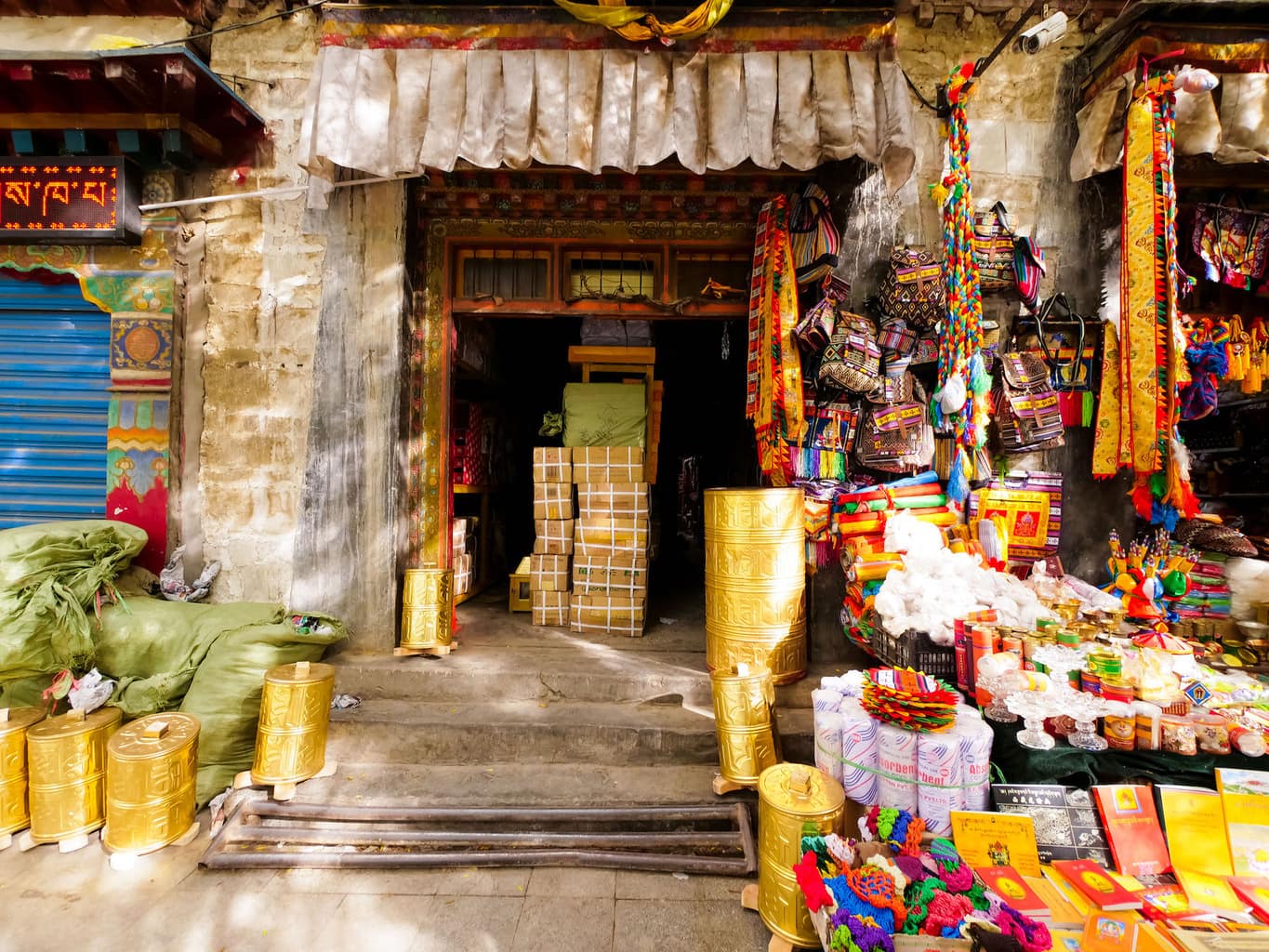
Gyantse is a convenient stop along the way but there is also an interesting Dzong (fortress), stupa and monastery to visit. Castles and fortresses are common in Tibet as the country has a fierce past of invasions, incursions and battles with other armies, in particular Chinese and British in the 20th century.
Gyantse is well known in Tibet for the battle against the British troops in 1903 and 1904 which the Tibetan fought despite the clear inferiority of their army against British machine guns and canons. The castle sitting atop the mountain protected the temple from invasions and was brought to the ground in 1904 but reconstructed.
You will be able to visit the Kumbum Stupa which is made of the three styles of Buddhist architecture: Indian, Nepali and Tibetan.
After the visit, you will drive the short way to Xigatse, Tibet’s second largest cities outside of Lhasa and home of Tashi Lumpo Monastery, the seat of the Panchen Lama, which you will visit after lunch. You can take lunch in one of the few restaurants in town where they speak English, very near the monastery, the Songtsen Tibetan Restaurant. Try their honey, lemon, ginger tea for a warming drink. Their sizzling plates are divine.
Dinner will most likely be at the same restaurant as the town does not have a lot of options for menus in English. You can also try Tashi Restaurant for a change, or eat at the hotel, although food is a bit hit and miss there.
Day 7 – Friday: Drive to Everest Base Camp
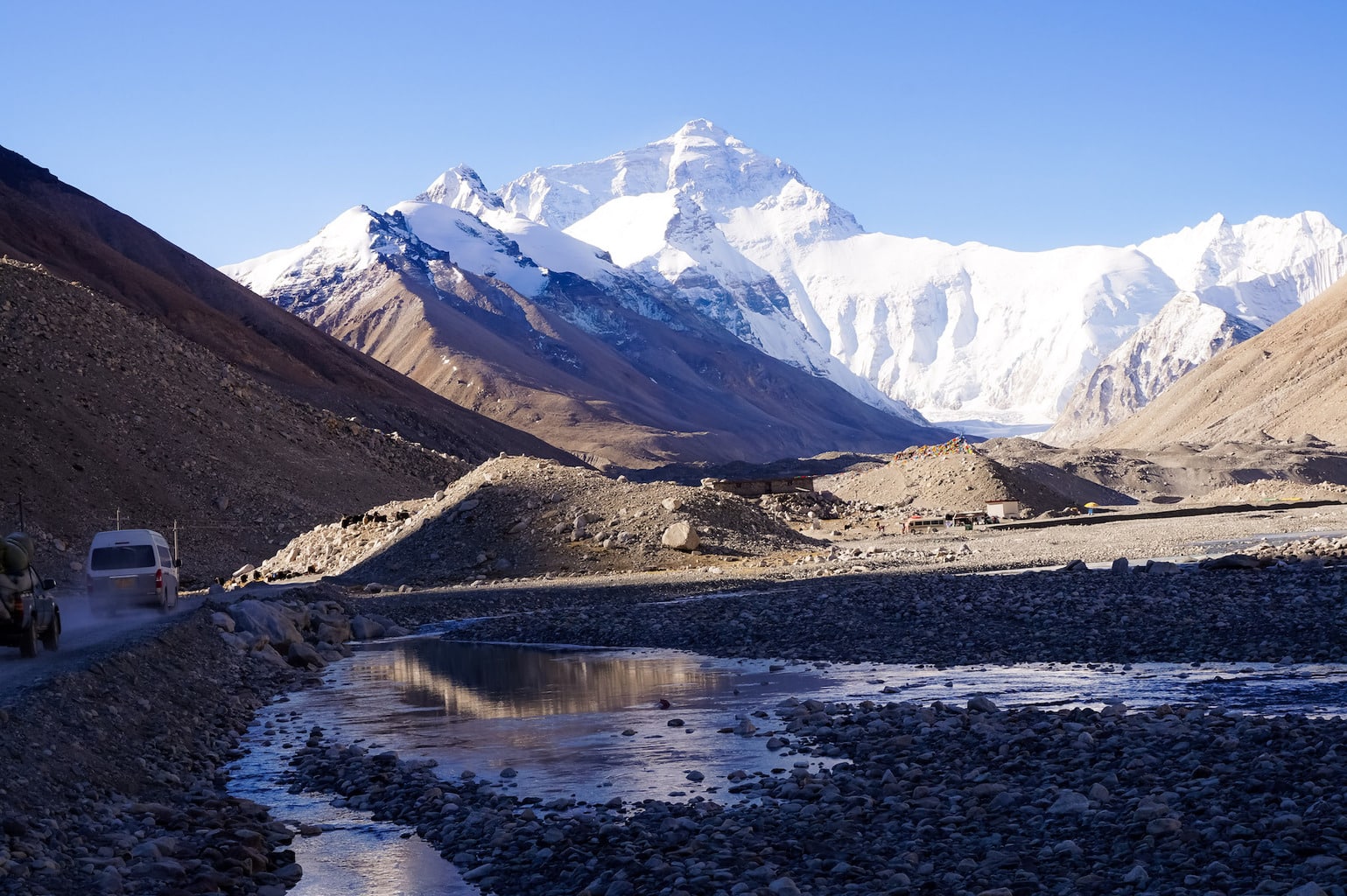
This is a long driving day as there is not much to stop at in between Shigatse and Everest Base Camp. The drive can take up to 7-8h with a lunch stop and it is a very snaking road with 60km of 360 degree turns that will make your stomach churn. Try to sleep or close your eyes if you have tendency to get car sick. As you will be driving through high mountain roads and passes snow is a possibility in spring and autumn.
The only stop will be at Rongbuk Monastery, a few kilometers from Base Camp and a possible accommodation option. You can either stay at their guesthouse or at the tented tourist camp further down the road, closer to Base Camp. The tented camp is more lively and the food is likely better.
They are both equally basic accommodation options in shared rooms with no heating and no toilets but the tented camp may be warmer. Beware, it can be extremely cold at Base Camp at night when the wind blows and the wind chill factor drops the thermometer to below freezing so come prepared with the right clothing.
At night, you can see a blanket of stars above your head. Sunrise is not as spectacular but the mountain’s top does get a golden hue from the sunrays reflected on the permanent snow.
Settle in your tent for the night, under several thick blankets, share stories with the guide and warm yourself with a hot cup of tea and the stove lit with yak dung. You can see how the local Tibetan families live and enjoy a noodle soup prepared by the tent’s owner. There are snacks offered and drinks available. Sleeping at 5,000m will be tough so you are likely going to have a sleepless night so, if it is not too cold and you are prepared, get outside and look up.
Day 8 – Saturday: Everest Base Camp
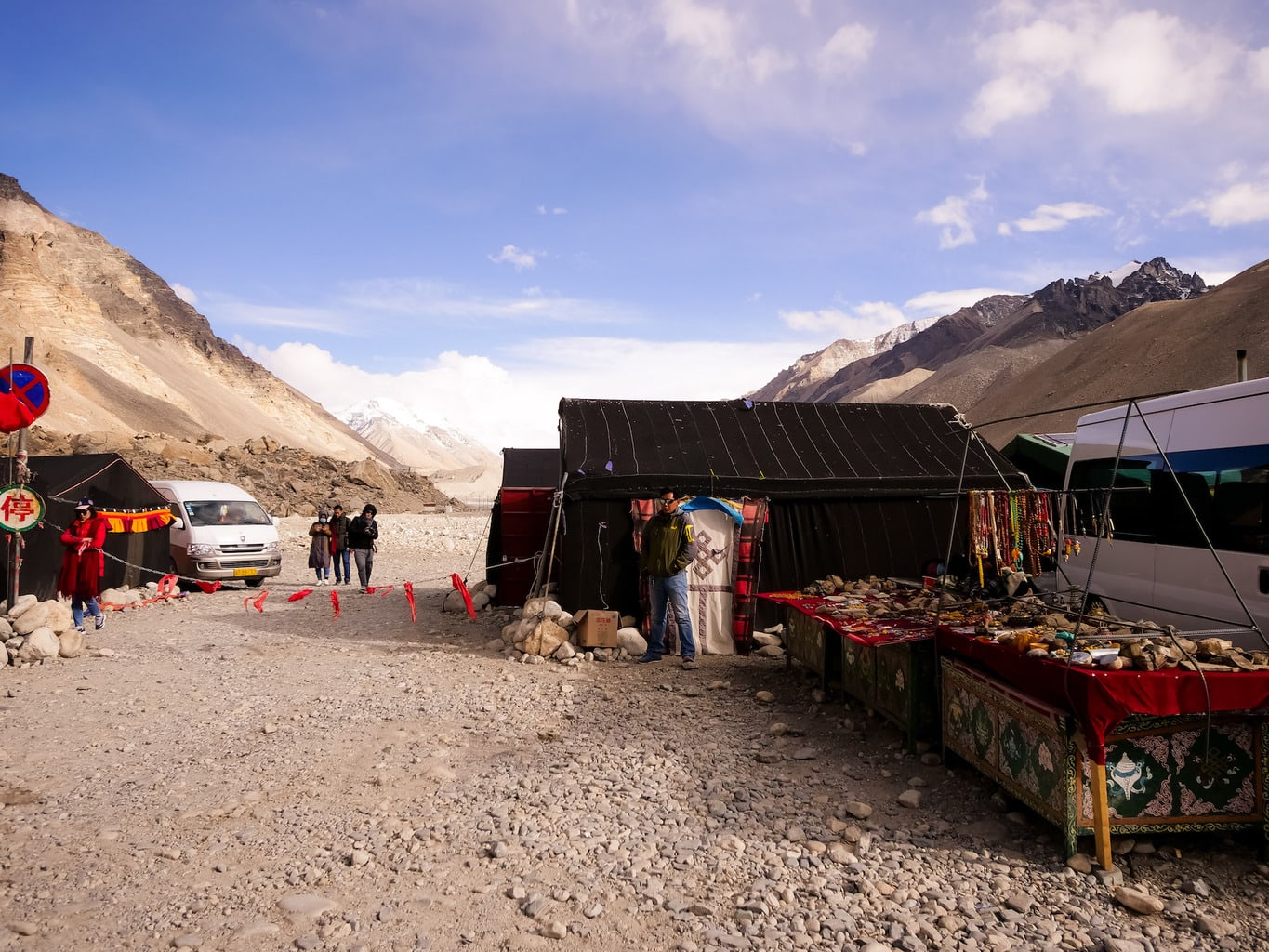
You will get up early to take the government bus up to Base Camp. If you are properly acclimatised and, frankly, lucky, you may feel strong enough to trek, but most people will not have had the time to do so in a day at 5,000m and will wake up feeling rather tired and breathless so the bus is the only alternative.
If you want to trek, prepare to allow for 3h to cover the 8km to Camp uphill. You can also take the bus up and walk down but the anticipation of reaching Everest and seeing it as you walk the rocky path is not the same.
At the top, you will be at 5,150m above sea level and just above the climber’s Base Camp under the shadow of the mountain. You are not allowed to go to the official Base Camp as a tourist but you will have a perfect view of the bowl-shaped flatland under Everest and the yellow tents perched under it.
There are prayer flags, which you can add to, and a marked point to take photos. You will likely be very out of breath so even climbing the last few meters to the top of the hill for the view should be done slowly.
Back at camp, get in your car and drive all the way back to Shigatse where you will reach in the evening for a last night in Tibet.
Day 9 – Sunday: Back to Lhasa and return home
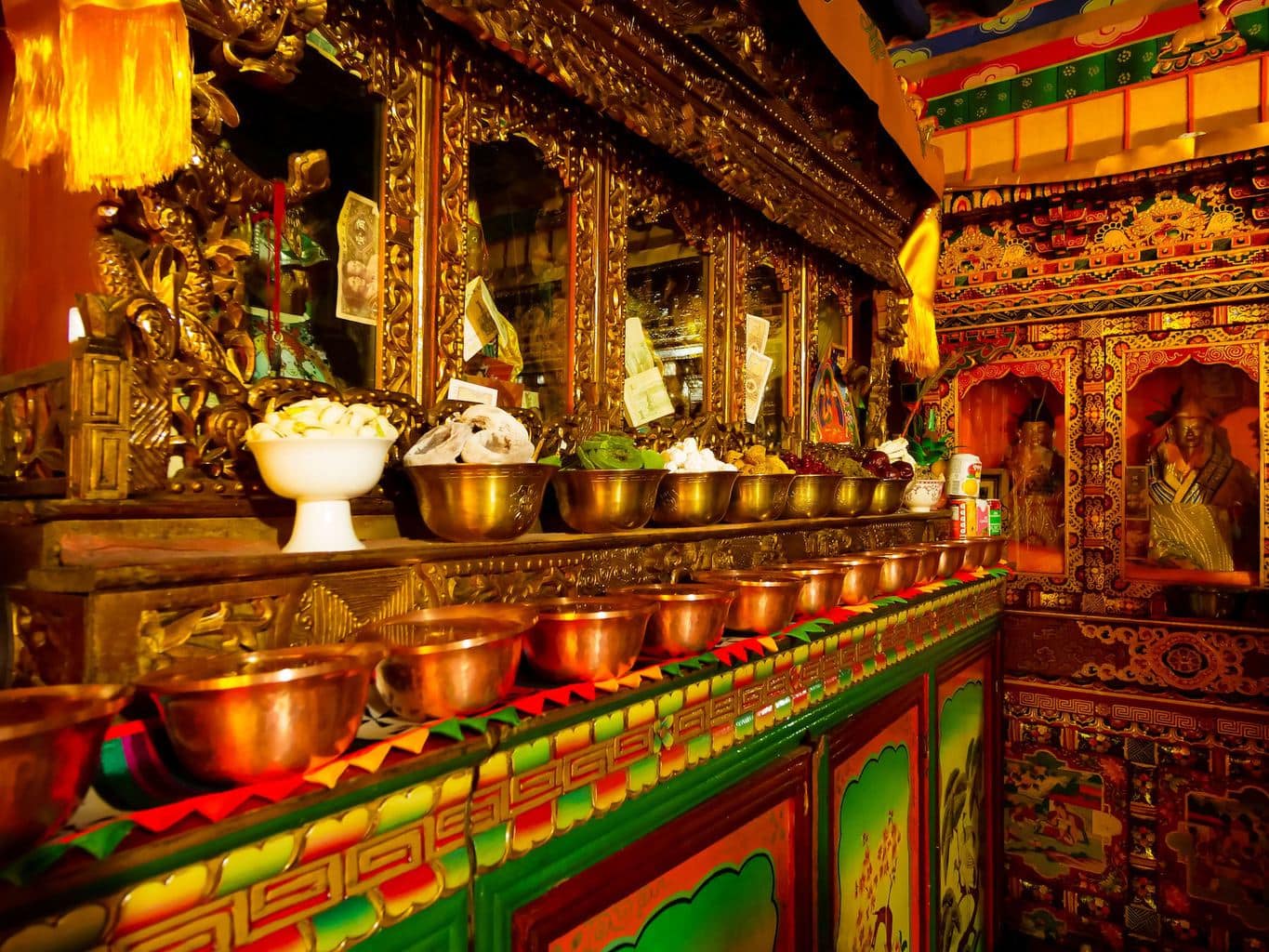
Your last day is spent almost entirely driving and flying back to Chengdu or onwards to other cities. From Shigatse it is around a 5h drive to reach the airport, which is located an hour’s drive from Lhasa center.
You will be driving through a different route than the one taken to get there so the landscapes will be different and, instead of high mountain passes, Yamdrok lake and barren landscapes you will see the fertile lowlands with plenty of agriculture and farmers. Drive along winding rivers and marvel at the greenery, even if you are still well above 3,500m.
You can stop at a local Tibetan house and see how they live. Your guide can knock on the village homes and ask to come in for tea. Tibetan people are very hospitable and will almost surely open the door for you. You should make a donation for the tea and snacks that you will be offered.
Taking a peek into the local homes is a great way to understand more about Tibetan life. Have a look into the chapel, the most important room in the house, and see how they cook their meals. Even if you do not speak the language, signs go a long way.
- Check if you need a visa, get help processing it at iVisa.
- Never ever leave without travel insurance. Get affordable coverage from World Nomads or long term insurance from Safety Wing.
- I find all of my flights on KAYAK. Check their Deals section too.
- Search for all your transportation between destinations on the trusted travel booking platform Bookaway.
- I book all my day trips and tours via GetYourGuide, they are the best and their tours are refundable up to 24h in advance.
- Get USD35 off your first booking with Airbnb.
- Compare hotels EVERYWHERE at HotelsCombined and book with Booking.com.
- Compare car rental prices at Rentalcars.com
